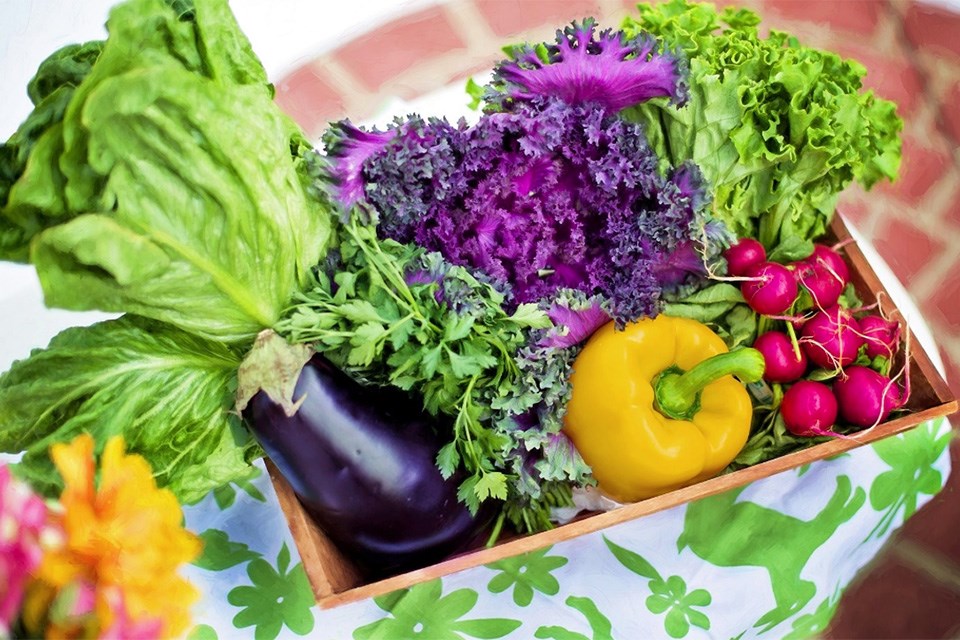Preparing indoor and outdoor spaces for the growing season is essential for a successful harvest. By growing your own produce, herbs, and flowers, you can enjoy fresh, healthy, and delicious food and beautiful flowers while also reducing your carbon footprint. Whether you are new to gardening, or just need a refresher, here are some tips and advice for preparing both indoor and outdoor spaces for the growing season.
Preparing Indoor Spaces
Timing is important when creating a thriving indoor garden. The first step is to assess the available space and light sources. Ideally, you want to choose a location that receives bright, indirect light for most of the day. Selecting the right containers is also important. Containers should be the right size for the plant and have adequate drainage holes. Preparing the soil and fertilizing is crucial for indoor gardening success. Organic soil mixed with added perlite, vermiculite, or sand can improve drainage and aeration. When selecting plants for indoor growing, choose those that are well-suited for indoor conditions and require minimal maintenance. Be sure to implement pest control measures to prevent and manage pest problems. By following these steps, you can create a thriving indoor garden and enjoy fresh herbs and produce all year round.
Preparing Outdoor Spaces
Preparing outdoor spaces for your garden is essential for successful gardening. The first step is to assess the available space, sunlight, and water sources. Choose a location that receives at least six hours of direct sunlight per day and has access to a water source. Once you've selected the location, it's important to prepare the soil. Composting and fertilization can help improve soil quality and fertility. When selecting plants for outdoor growing, choose those that are well-suited for the climate and soil conditions in your area. It's also important to implement pest control measures to prevent and manage pest problems. Companion planting and crop rotation can also help promote plant health and reduce the risk of disease. Follow these steps so you can create a thriving outdoor garden and enjoy fresh herbs, produce, and flowers all season long.
Best Practices for Maintaining Indoor and Outdoor Plants
Plants require regular care to ensure their health and longevity. It's important to monitor soil moisture levels and water plants as needed. Regular pruning and trimming can also help promote healthy growth and prevent disease. Companion planting and crop rotation are also beneficial practices for maintaining plant health. Additionally, it's important to fertilize plants regularly with appropriate nutrients to ensure optimal growth. Proper harvesting techniques can also help promote plant health and ensure the best quality produce and herbs. Implementing these best practices will help you maintain healthy indoor and outdoor plants and enjoy the benefits of a thriving garden.
This story is brought to you by Great West Media Content Studio. It is not written by and does not necessarily reflect the views of the editorial staff.




